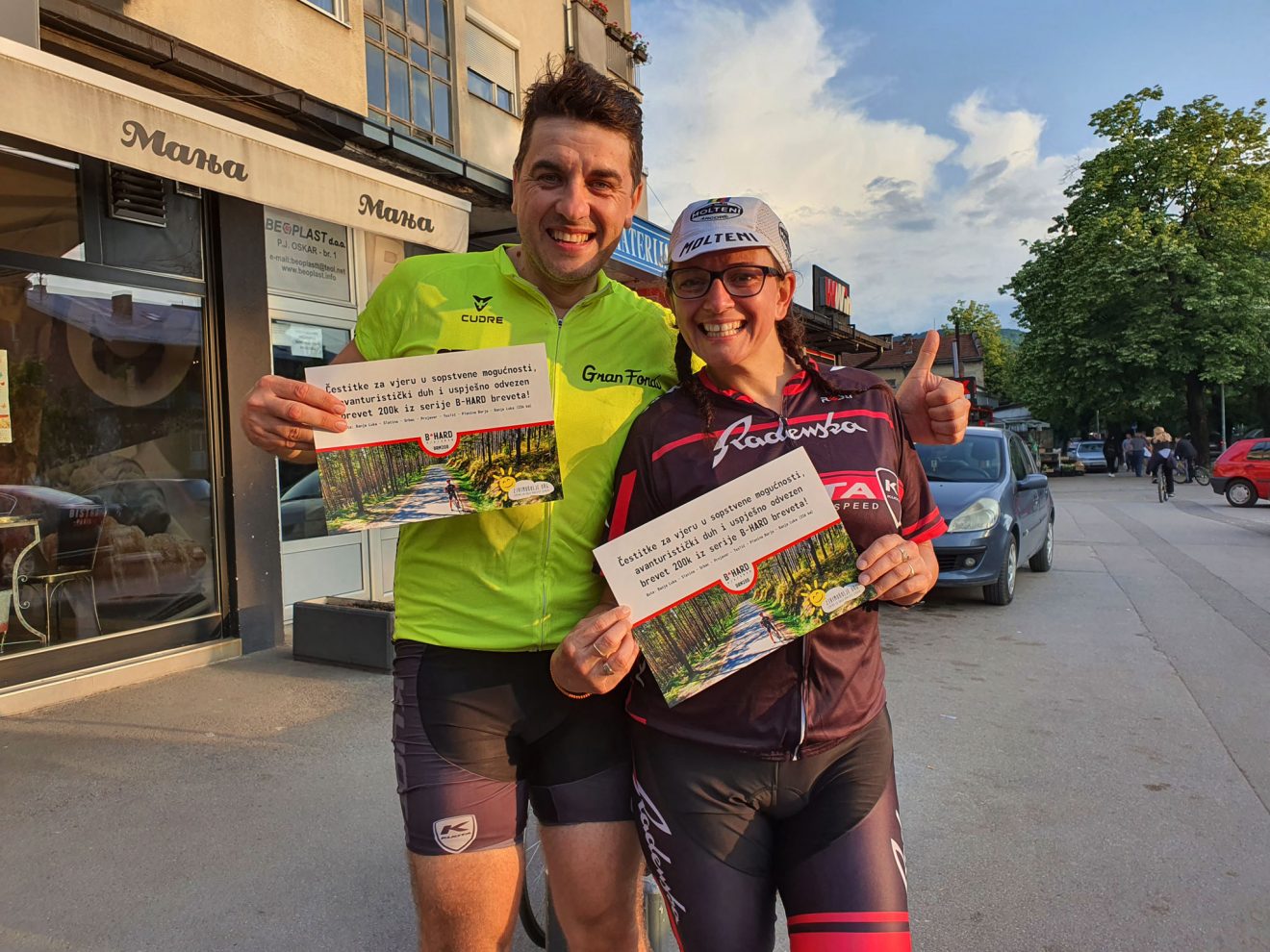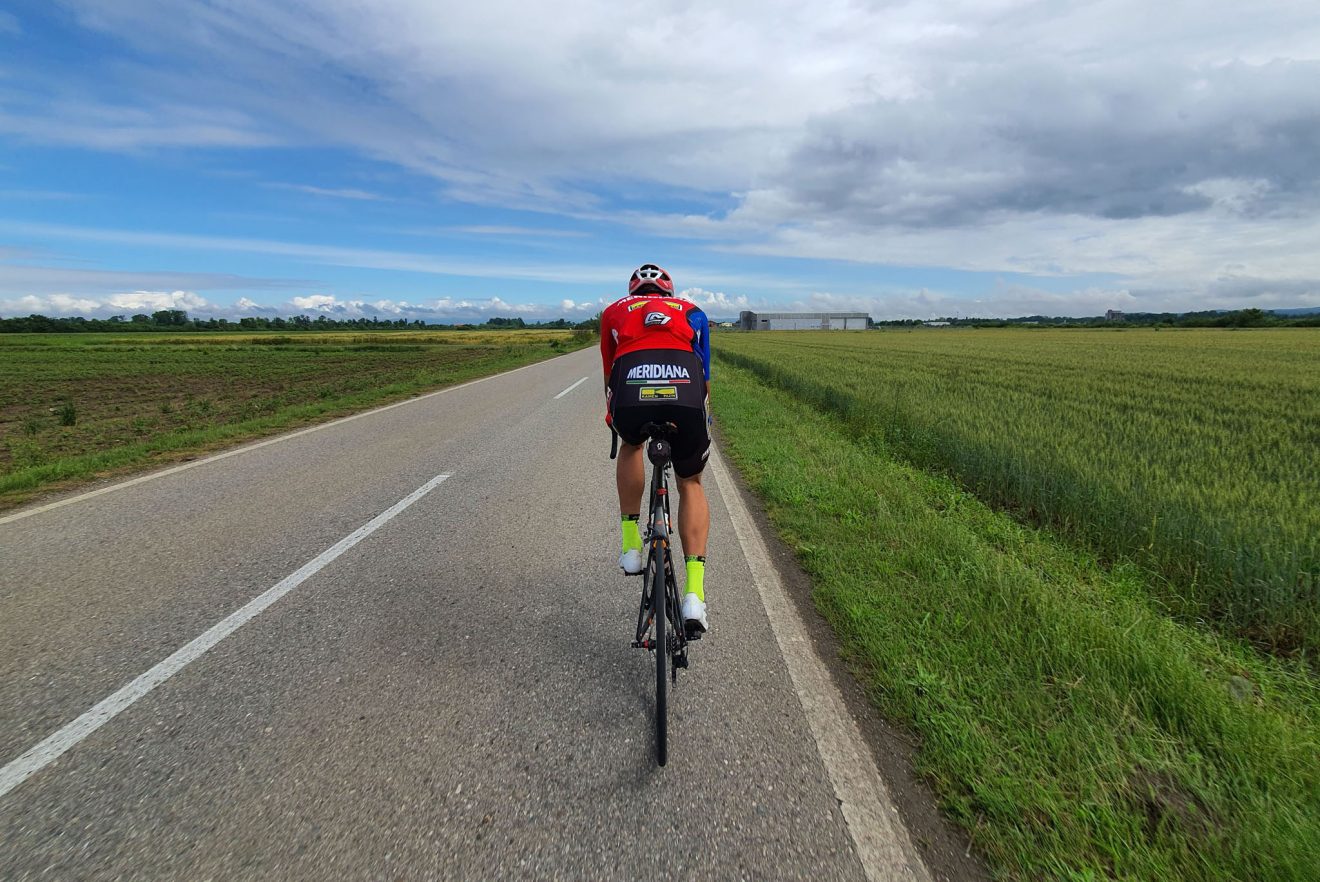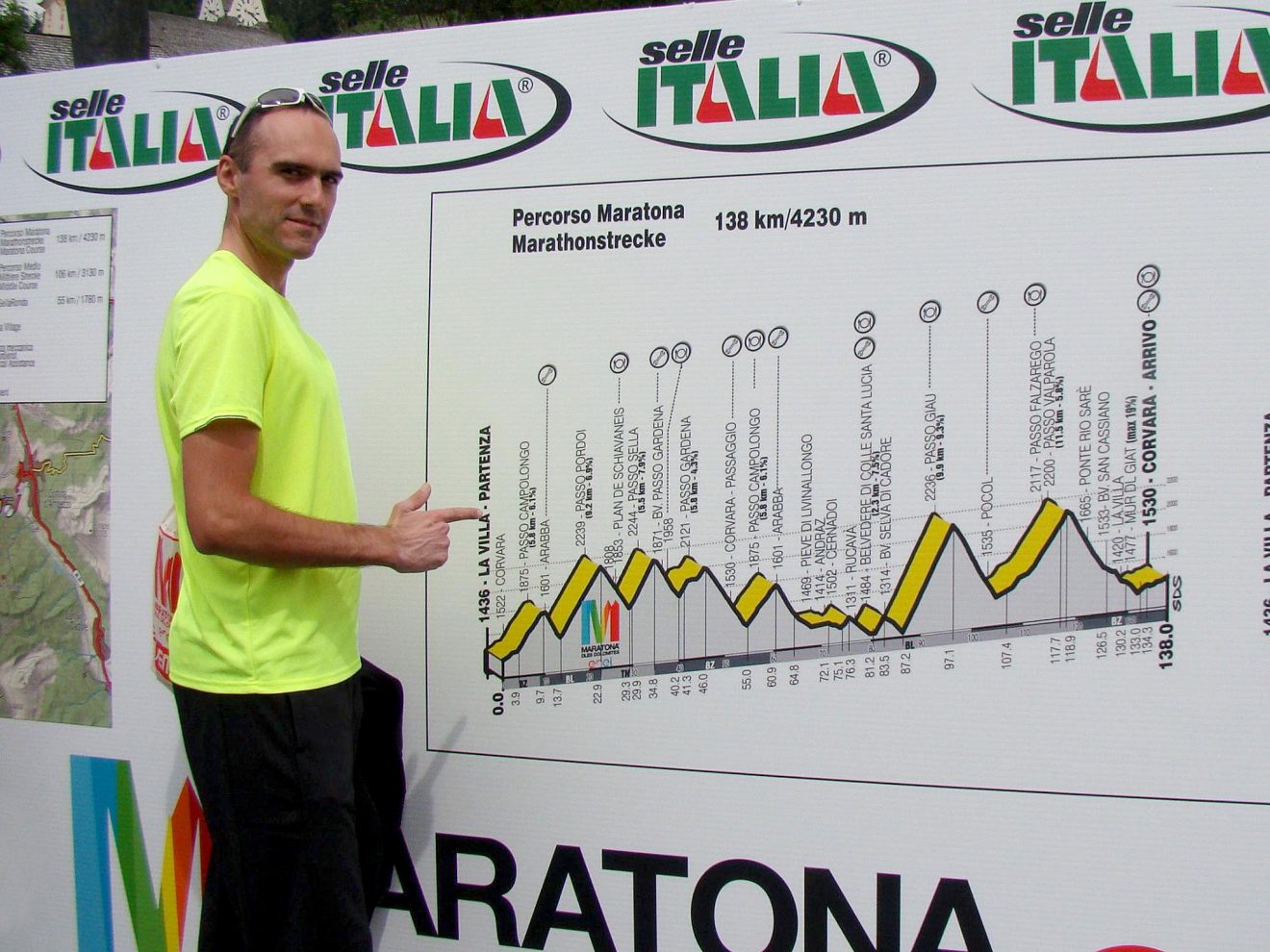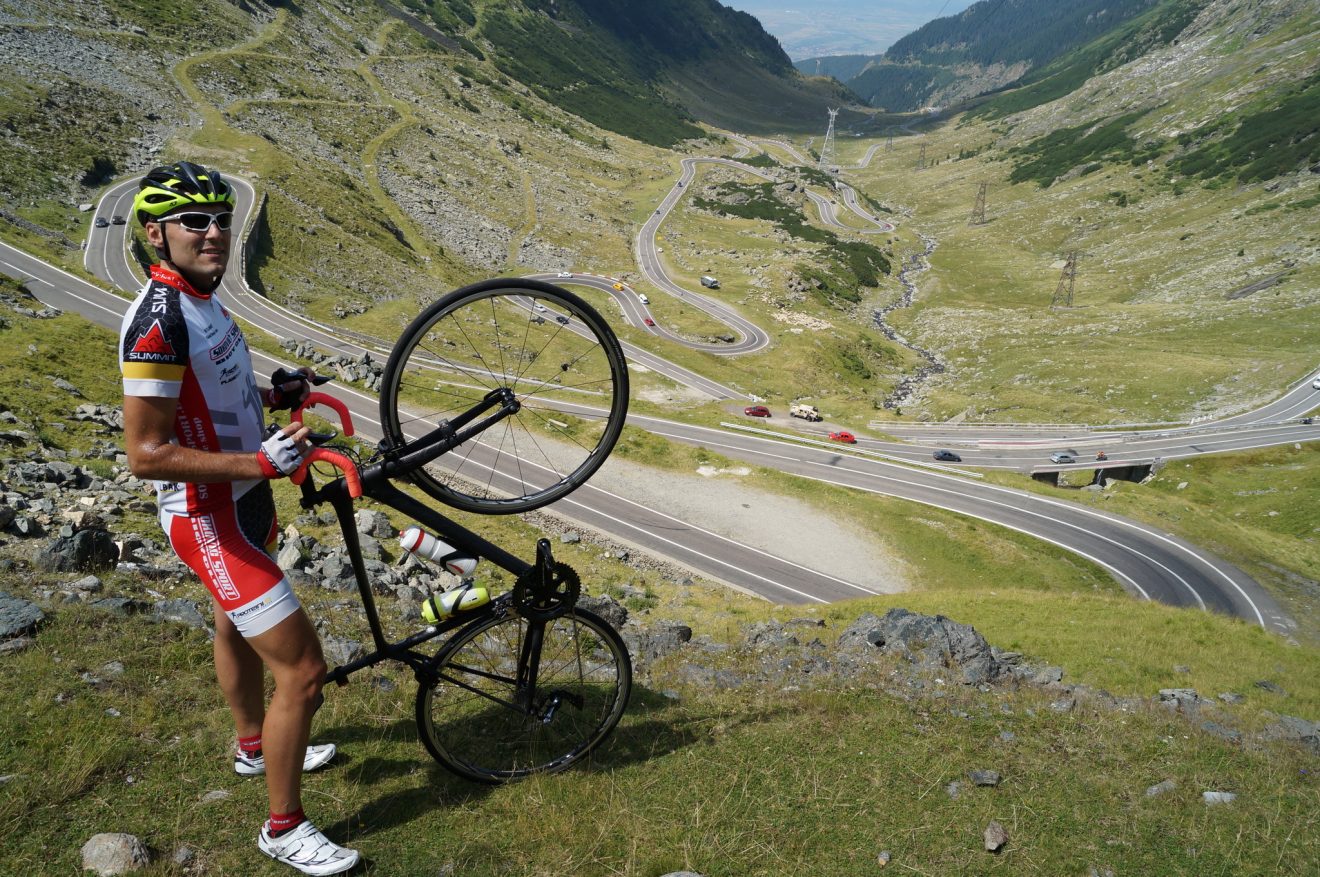A goal without a plan is just a wish.
– Antoine de Saint-Exupéry
In the previous articles on the topic of training, I have already mentioned that, first of all, you must set your goal(s) and have a general idea of what you want to achieve in cycling in the upcoming season. I will repeat it once again: “First of all, you must set your goal(s) a have a general idea of what you want to achieve in cycling in the upcoming season.”.
Now I feel better and you are probably wondering why this paradigm is so important that I keep repeating it as a mantra? Well, keep reading this article and you will find out :).

From peak to peak
If you are following high profile bike racing scene, you have probably noticed that there are very few riders that win races during the whole season. Many riders that excel in spring classics practically disappear from the scene after their conclusion and reappear as key team players at the Tour de France. You may notice some other riders only when they make stellar performance at the mentioned Tour and then again at the end of the year, when they appear in top form at the World Championship, while some other riders will successfully ride both the Giro and the Vuelta but taking a longer break in between.
There are many factors that affect the specific plan of a riders’ appearance in races (their role in the team, rider’s suitability to a profile of a given race, the discipline they are specialists for, recovering from possible injuries, etc.), but the main reason is that during a single season you can achieve two peaks of your form. The remainder of the time you will spend progressing from winter preparations to the first peak, then lowering your form to a level that’s still high, from which you will later reach the second peak and from there you will slowly diminish form towards the end of the season, yearly break and new winter preparations.

To recall the previously used analogy with building a house – winter preparations were a good foundation, base preparations were ground floor and first floor and from there on you will continue by building the second and third floors with specific structured training plan and finally add a roof, as a peak of your form. To continue with the analogy, we need another house in a duplex :). So, from the top of the roof, you will go down to the third floor of that connected house and later you will raise the roof on that house as well. After that you will slowly descend to the ground floor, leave the house and lock the door :).
Marking the calendar
First of all, you need to arm yourself with event calendars, i.e. calendars of races, brevets and granfondo rides in your country and surrounding regions, as well as gather information about various other events that might interest you. Then, just as we can have two peaks of the form, we need to select two events of primary importance – we will call them A category events. Thus, A Category events can be e.g. a National Championship in late June and some stage race in late summer. Maybe for someone it will be a 1200km B-HARD ultra race or brevet in mid-June and some special brevet in the fall – or a spring granfondo combined with a personal challenge (maybe an Ironman, if you’re a triathlete) during the summer.
Of course, I used extreme cases for the example, so, analogous to them, you can just as well set the main goal to ne finishing a race with the main group or completing a 200 km brevet ride… or successfully climbing Stelvio (without pushing the bike :)) – the principle remains the same and that is to have an event that you are preparing for and a wish that you want to make come true.

Next up, we have B category events. No, it has nothing to do with your driver’s license :). This group includes other events of your primary interest – e.g. races that score you points for the racing league or, if you are a specialist in a certain discipline, then races where you are considered a contender for the win. If you want to complete the entire series of ACP brevets, then you will probably ride the entire serie from 200 to 1000 km, etc.
This finally brings us to C category events and these are the ones that are not of our primary importance or are not to our liking but we participate in them because they represent good training, we score points for the team classification, expect to have a great time riding there or perhaps there’s a fourth or fifth reason to participate.
In my case…
In my junior years, in the A category I had spring mountain races and National Championships in June, in the B category there were mostly road races for the league and in the C category I had criteriums, time trial and other specific disciplines which did not really suit me. However, in my senior days of racing, the most important thing for me was the Time Trial National Championship combined with some of my mountain adventures during the summer, while other races, in addition to my ultradistance riders were in the B category (all other types of riding were classified under C). Nowadays, in the A category I have personal ultradistance adventures, in the B category I include other brevets, long distance and mountain rides, and in the C category various social and tourist rides.

You are still here? Great! That means you know what you want from this season and you are now interested in figuring out how to get it! I leave you some time to make your list of A, B and C category events and in the following text we will deal with timing the form and creating a training plan draft.
